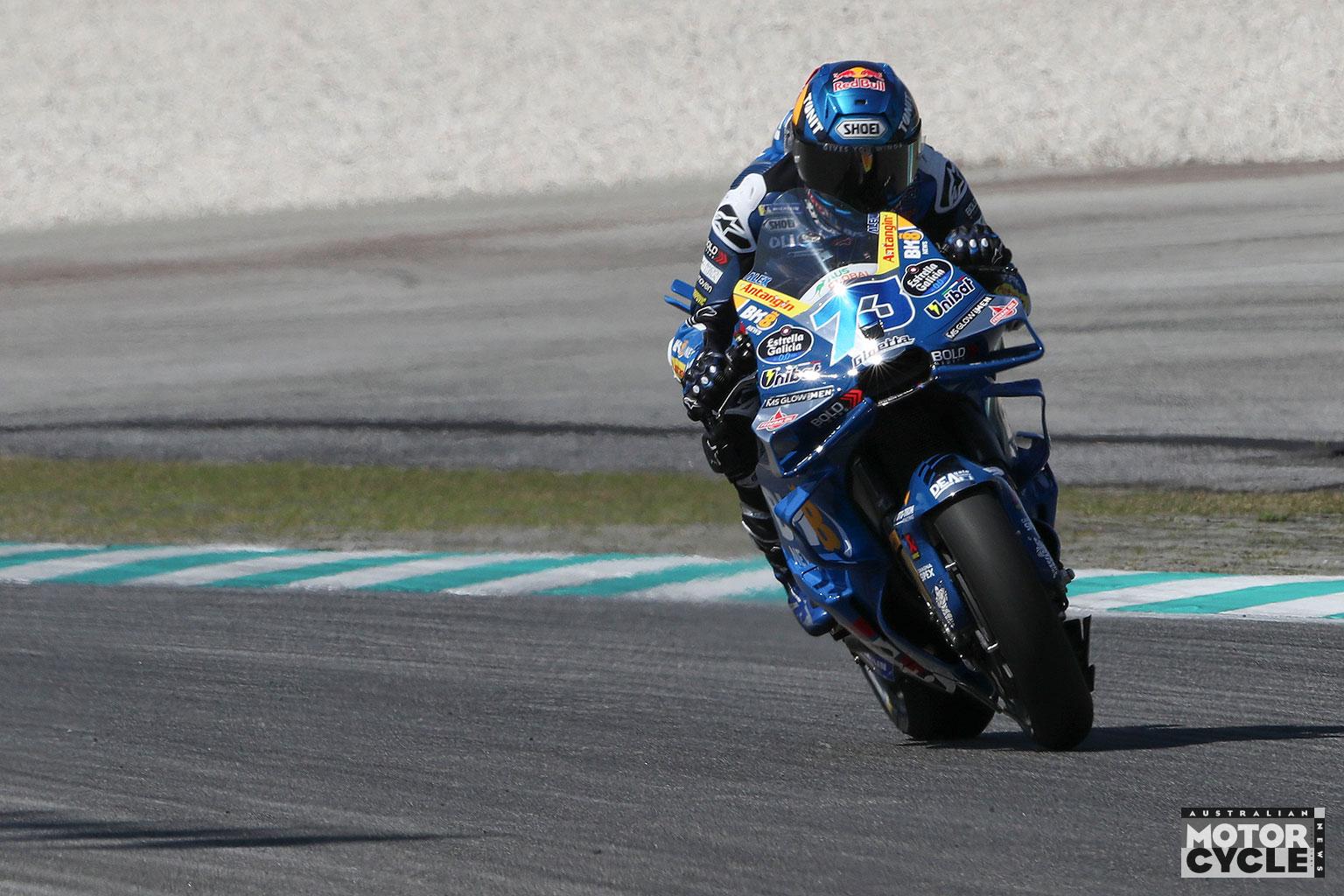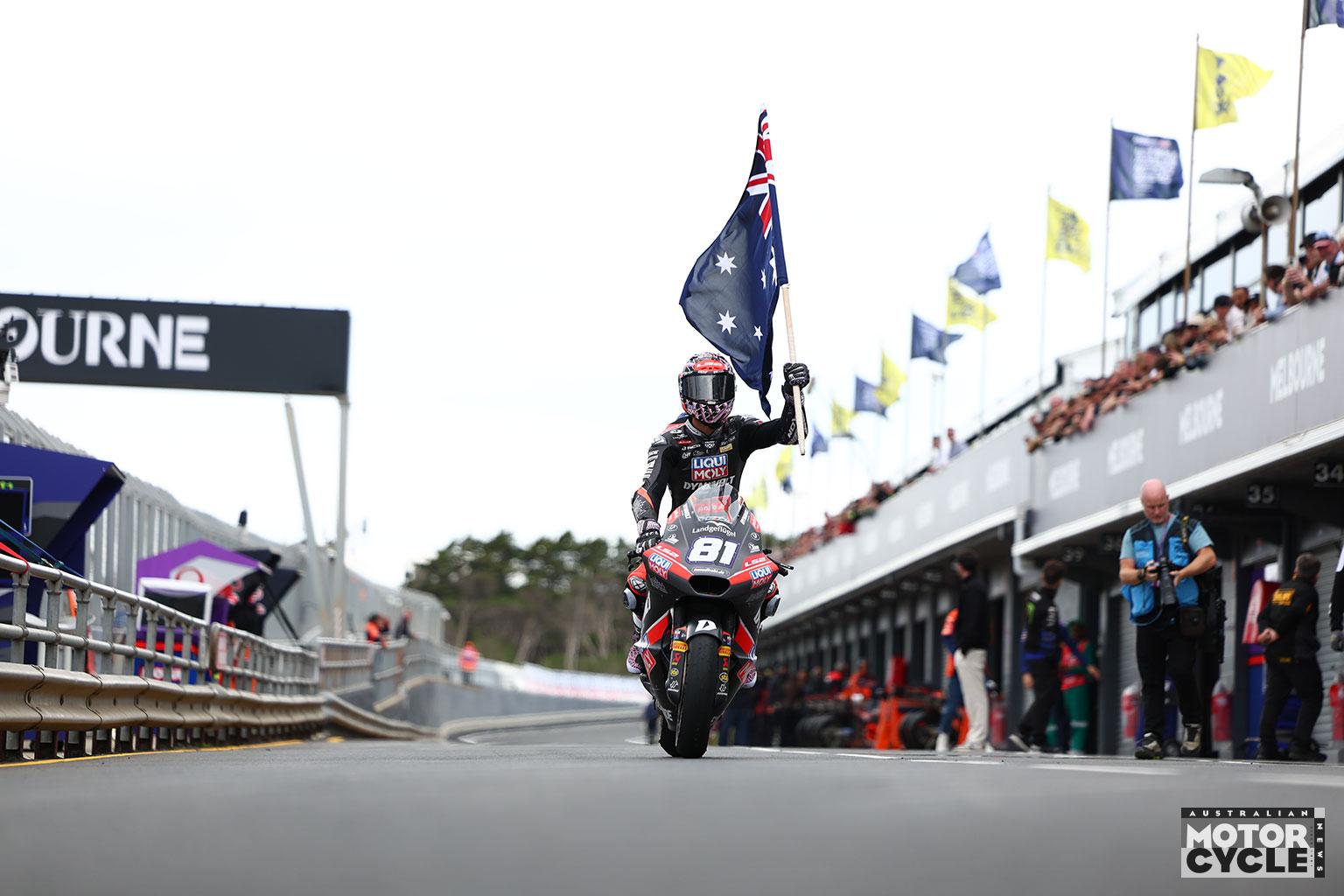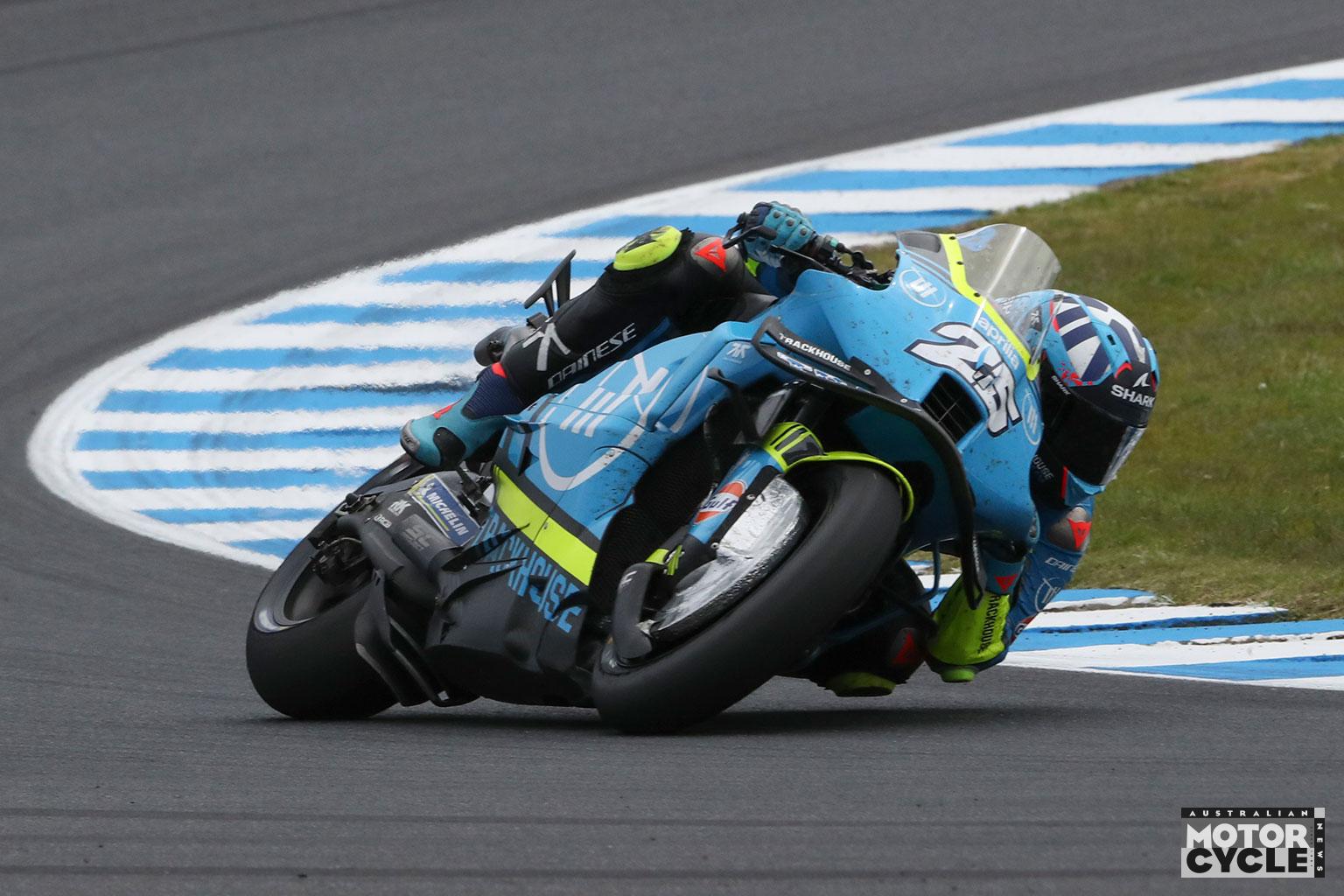What is the collective noun for trumpets? I had a wrong idea that it was a Caparison, which rather rolls off the tongue. But I was, as so often, completely wrong. It is actually a Flourish.
Now there’s a new one, spawned by our own dear world championships. A Gridful. From the first race of the year at Qatar, the Triumphs are joining the Moto2 party, with all the thrill of a big brass band.
Having alternately despised and despaired of Moto2 (I invented the tag “a graveyard of talent” which gained fairly wide currency in the paddock), I have the highest hopes.
I think that phrase expresses correctly that it was the riders I felt sorry for. What had they done, as they moved up the ladder of GP ambition, to deserve this?
The racing may have been close at times, especially (ironically enough) in its last years, which were particularly rich in strong riders. But even at its best it was still sadly lacking, because so were the bikes. Overweight, over-tyred and under-powered, the Moto2 Hondas had only one thing in their favour. They were desperately reliable.
And why not? In lower tune than World Supersport, and based on an antiquated design with many, many millions of well-thrashed road miles behind it, they were bullet-proof even for the most ham-fisted.
The shortcomings were different, and part of that heritage.
Like road gearing: first too low, the rest too far apart. No choice of variation: every rider tackling every corner at the same revs in the same gear, making the same shriek.
And electronics. Or lack of them. Granted, wheelspin was never going to be a problem, especially on those big fat Dunlop slicks, controlled by sophisticated racing chassis and suspension. But the lack of control over engine braking made every corner entry into a sideways slither. Spectacular, yes. But so, so samey.
I mean, this is grand prix road-racing, not oval dirt-track. There’s supposed to be more than one way to express yourself.
Then the lack of power. Accompanied by a loud yet somehow still feeble piping, riders followed each other down the straights, unable to draft and overtake. A clever way of securing a faster corner exit would have helped. But there was only the one way to go round it.
Regular winners had to have extraordinary skills to overcome these drawbacks, but it remained disheartening. Rins, Vinales and now Mir got out as soon as they could.
The new Triumph Triple era begins next weekend, and a major upgrade in the soundtrack is just the start.
The ratios remain fixed, but a close-ratio gearbox with a high first offers chances for overall variety. Engine braking electronics are part of the new package, so corner entries can be sideways, or not. The rider can choose, depending on circumstances. They’ll actually be able to outbrake one another.
And 765 cc with three cylinders means a big hike in torque, and with it much better throttle response. Again, it means that there is more that the rider can do. Like playing a musical instrument, more keys mean more notes and more variety. To carry the simile further, it was no coincidence that the old Honda Moto2s sounded like those maddening vuvuzelas of the South African football world cup.
More prosaically, back to the racing, it means riders now have the options of different corner entry, different lines and different exits. As in Moto3 and MotoGP, they’ll have a choice of different ways to race each other.
Tests have the same guys still fastest. But with more rider options, the racing should be better too.
Will the Trumpets be as reliable as the Hondas? We’ll see. But, looking on the bright side, even that introduces another variable.
By Michael Scott











